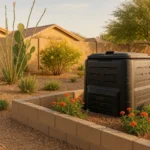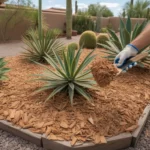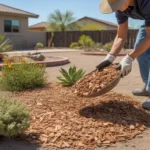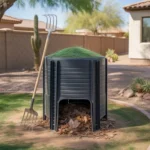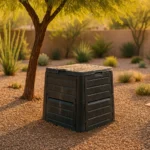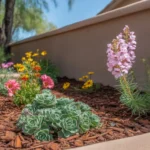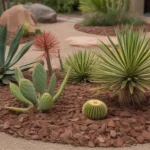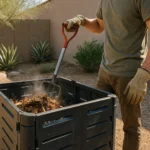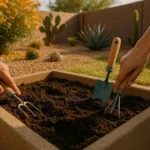Composting is one of the best ways to nourish your soil, cut down on waste, and create a more sustainable yard. But many Gilbert homeowners aren’t sure how to incorporate composting into their landscape design. With a little creativity, you can set up a composting system that’s both functional and attractive. Here are some composting design ideas to transform your Gilbert yard.
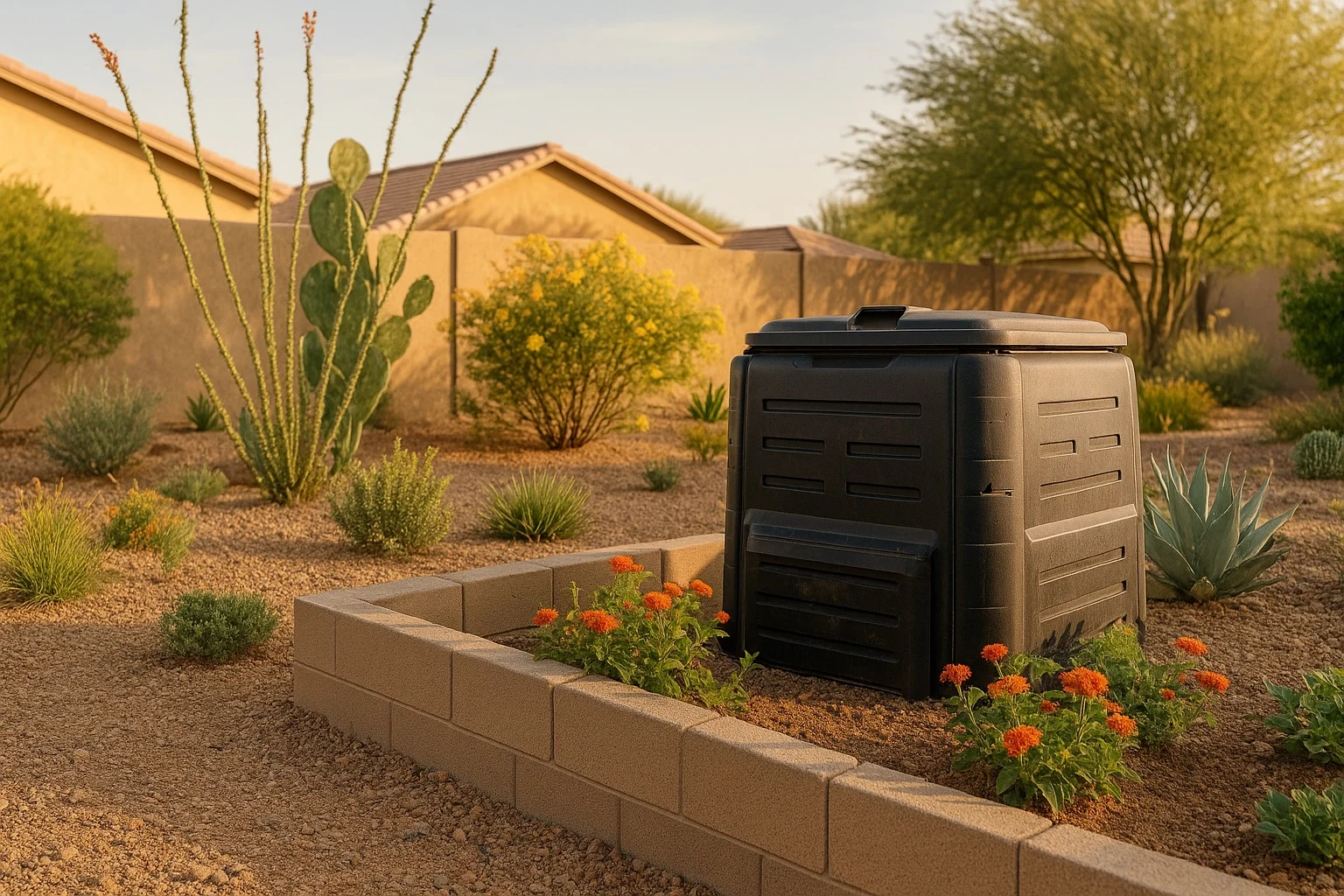
Choose the Right Composting Method for Your Space
The first step in designing your composting setup is deciding which method works best for your yard. There are a few main options:
- Compost bins: Enclosed bins, either store-bought or DIY, are a tidy option for small yards. They can be tucked into a corner or along a fence line.
- Compost tumblers: Mounted on a stand, tumblers make it easy to turn your compost without digging. They work well for households with limited organic waste.
- Open piles: If you have a larger property, you can simply build a compost pile in an out-of-the-way spot. Use chicken wire or pallets to keep it contained.
Consider your available space, the amount of organic material your household generates, and how much effort you want to put into maintaining your compost. A mix of methods, like a tumbler for food scraps and an open pile for yard waste, often works well.
Integrate Composting into Your Landscape Design
Rather than hiding your compost out of sight, make it a purposeful part of your yard’s layout. Position your compost bins or piles where they’re convenient to access while gardening. Some ideas:
- Build attractive wooden bins as part of a raised bed system
- Tuck a tumbler into a corner of your vegetable garden
- Edge an open pile with stacked stones or landscaping timbers
- Plant a trellis with vines to screen your compost area
By integrating composting into your overall yard design, you’ll be more likely to use it regularly. As one Gilbert landscaper puts it, “If your compost is out of sight, it’s out of mind. Make it a functional focal point instead.”
Use Compost to Nourish Planting Beds
One of the main benefits of composting is the rich, organic material it provides to improve your soil. When designing planting beds or revamping old ones, work in a generous layer of finished compost before putting in new plants. Some tips:
- Spread a 2-3 inch layer of compost over the soil surface
- Mix it into the top 6-12 inches with a digging fork
- Use compost to mound up berms or raised beds
- Top dress existing beds with an inch of compost each spring
Well-nourished soil is especially important in Gilbert where the native soil tends to be low in organic matter. According to a local gardening expert, “Our desert soil needs all the help it can get. Compost is like a multivitamin for your garden.”
Incorporate Composting into Xeriscaping
Composting goes hand-in-hand with water-wise xeriscaping, a popular landscaping style in Gilbert. You can use compost to:
- Improve moisture retention in sandy or rocky soil
- Create mounded planting beds that drain well
- Top dress around the base of desert-adapted plants
- Mix with gravel or decomposed granite for natural pathways
By increasing your soil’s organic matter, compost helps it absorb water more efficiently. That means you can water less often, which is a big plus in Gilbert’s arid climate. As a bonus, compost introduces beneficial microbes that help plants thrive in lean soil.
Set Up a Worm Composting Bin
Worm composting, or vermicomposting, is another option for Gilbert yards, especially if you’re short on space. Some ideas:
- Use a large plastic tote or build a wooden bin with a lid
- Fill with shredded newspaper, cardboard, and food scraps
- Add a pound of red wiggler worms per square foot of bin space
- Keep the bin moist and feed the worms your fruit/veggie waste
Worm castings are a powerful soil amendment, packed with nutrients and beneficial microbes. Sprinkle them around the base of plants or brew a “compost tea” to use as a foliar feed. You can even set up a small worm bin system indoors if you don’t have a good outdoor spot.
With these composting design ideas, you can create a more sustainable yard that’s the envy of your Gilbert neighborhood. Start small and expand your system as you get the hang of it. As you transform your food and yard waste into “black gold,” you’ll be amazed at how your desert garden thrives.

